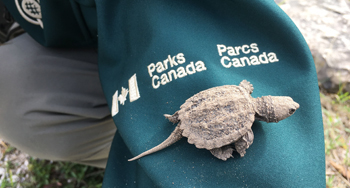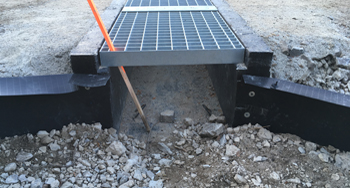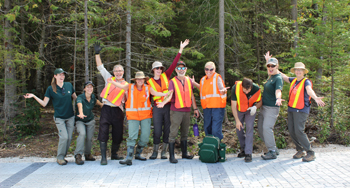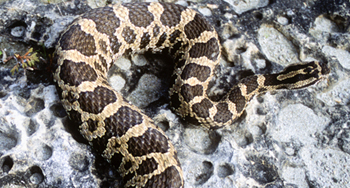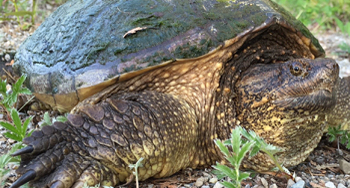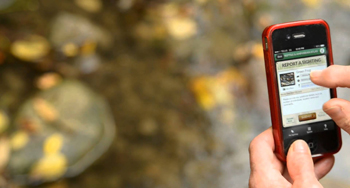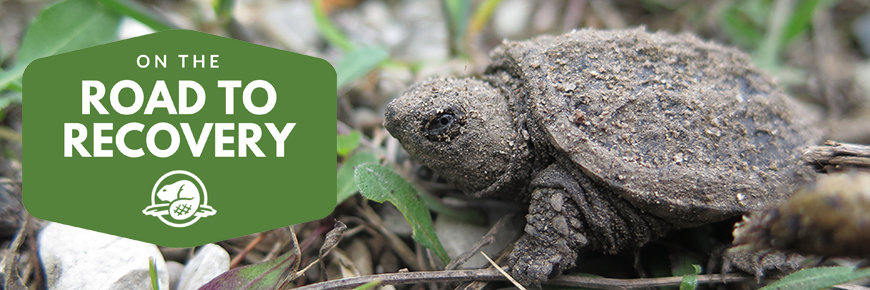
On the Road to Recovery
Bruce Peninsula National Park
Connecting habitats and making roads safer for wildlife at Bruce Peninsula National Park
Bruce Peninsula National Park is home to over 30 species at risk, including reptiles such as the Massasauga rattlesnake, Eastern ribbonsnake, Eastern milksnake, and Common snapping turtle. These at-risk reptiles are significantly affected by the impact of roads. In 2012 and 2013, over 2000 reptiles and amphibians were found dead on roadways within the park and surrounding area.
The On the Road to Recovery project is making roads safer for wildlife, improving essential habitats, and increasing public awareness of road ecology issues. Through the project, we are working to protect and recover reptile and amphibian populations within Bruce Peninsula National Park.
On the Road to Recovery at Bruce Peninsula National Park
Transcript
Parks Canada logo
[upbeat music throughout] [narrator] From the day they're born,Turtle hatchling emerges from its nest for the first time, explores land and water.
turtles are on the move. Turtles travel across a range of different habitatsAerial view of a natural setting with turtles moving around; roads are developed.
to mate, nest, and find food and water. When roads are developed in an area, it can cause habitat fragmentation. This means that turtles and other animalsTurtle crossing road while a car is rapidly approaching.
must cross over roads to get from one habitat to another. Many animals are hit and killed by cars while trying to move between habitats, which is known as road mortality. Roads are one of the leading causes of declineRoads wrapping around a view of earth from space.
of reptile and amphibian populations worldwide. Today, seven out of Ontario's eight turtle speciesPie charts demonstrating the number of at risk turtles and snake species in Ontario.
and 10 out of Ontario's 16 snake species are classified as 'at risk'. The Bruce Peninsula is a thriving natural areaAerial view of the Bruce Peninsula.
that extends between Lake Huron and Georgian Bay. Bruce Peninsula National Park protects the largest section of green space in southern Ontario, and is rich in biodiversity. The park is home to 26 different speciesSymbols of frogs, snakes, and turtles pop up within the park area.
of reptiles and amphibians! At our park, we're taking action to protect our reptiles and amphibiansView of park sign with turtle walking underneath.
through the On the Road to Recovery project. This project includes a special focus on species at risk, such as the Common snapping turtle, Massasauga rattlesnake, Eastern ribbonsnake,Animations of common snapping turtle, Massassauga rattlesnake, eastern ribbonsnake, and eastern milksnake.
and Eastern milksnake. We're making our roads safer for wildlife by installing Eco-passages and Eco-fencingPark staff installing an eco-passage.
at road mortality hotspot locations. The Eco-fencing acts as a barrier, guiding turtles, snakes, frogs, and other small animals towards the Eco-passages,Turtle using an eco-passage.
allowing them to cross underneath roads safely. We're also creating artificial turtle nesting sitesAdult turtle nesting on an artificial nesting mound.
near known turtle habitats. This way, female turtles can lay eggs without even crossing the road! You can help protect reptiles and amphibians too! Watch for wildlife on the road, especially when driving through natural spaces.Turtle crossing in front of a car.
If you see a turtle on the road, pull your car over where it's safe, and help the turtle across in the direction it was going. If it's a snapping turtle,Driver pulls over, helps turtle across the road using a shovel.
you can use a stick, shovel or paddle to move it across. Don't forget to record your turtle sighting and location on the Ontario Reptile and Amphibian Atlas app.Person records turtle sighting on their phone; turtle swims in the lake.
You can also use this app to report snake, frog, or salamander sightings. Get involved! Bruce Peninsula National ParkPerson takes nest cage off of turtle mound, records data on clipboard.
has a Citizen Science volunteer program to help monitor and protect turtles! You could help contribute important data on turtle activity, and give hatchling turtles a better chance at survival. Go to parkscanada.gc.ca/ bruce-recoveryView of Parks Canada webpage.
for more information, and help us make the world a little safer for turtles...Turtle crosses underneath road in an eco-passage; car zooms overtop.
[music ends]On the Road to Recovery logo.
Parks Canada logo.
© Her Majesty the Queen in Right of Canada, represented by Parks Canada, 2018.
Canada wordmark.
Learn more about the road to recovery
Eco-passage counter
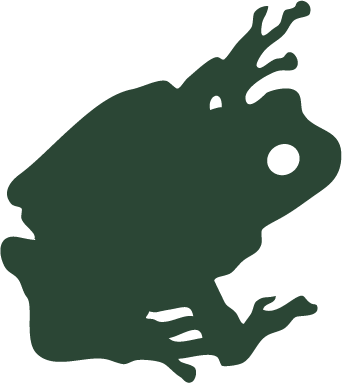
Total number of eco-passengers as of December 31, 2020: 5824 (including other animals)
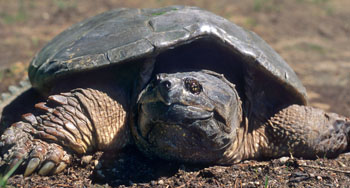
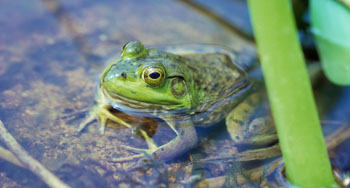
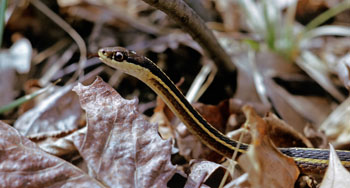

- Date modified :
